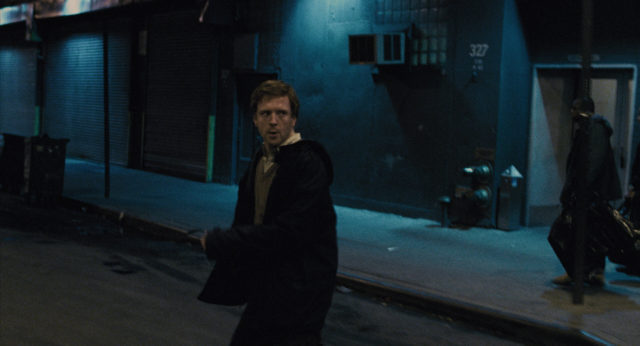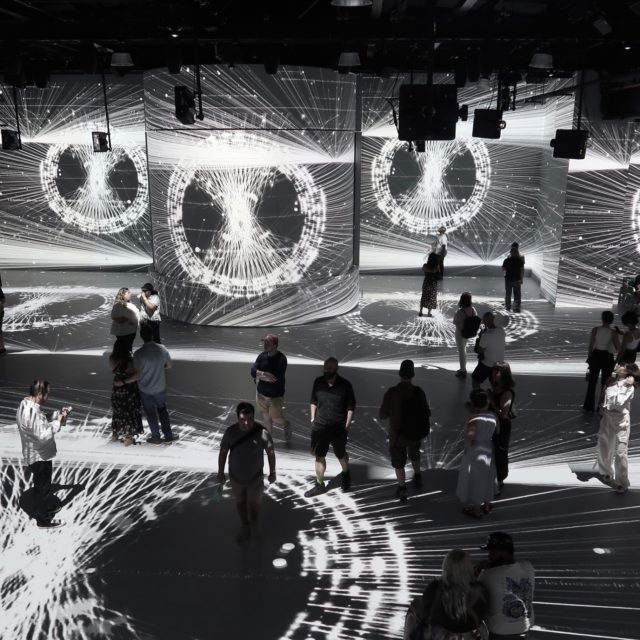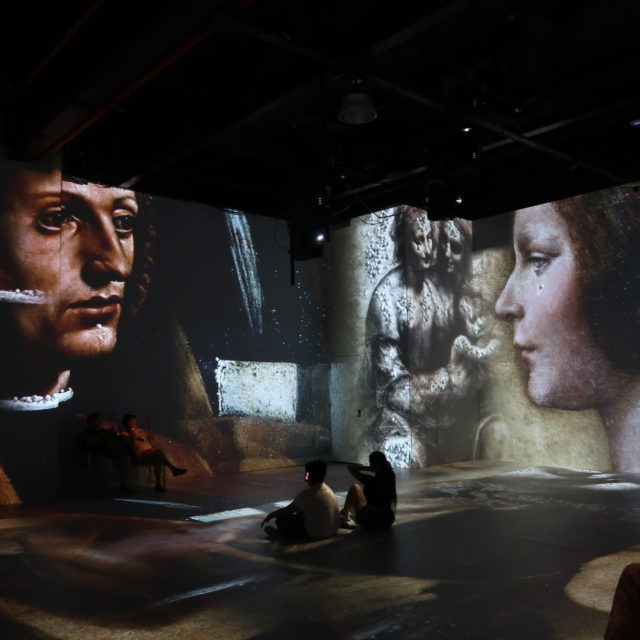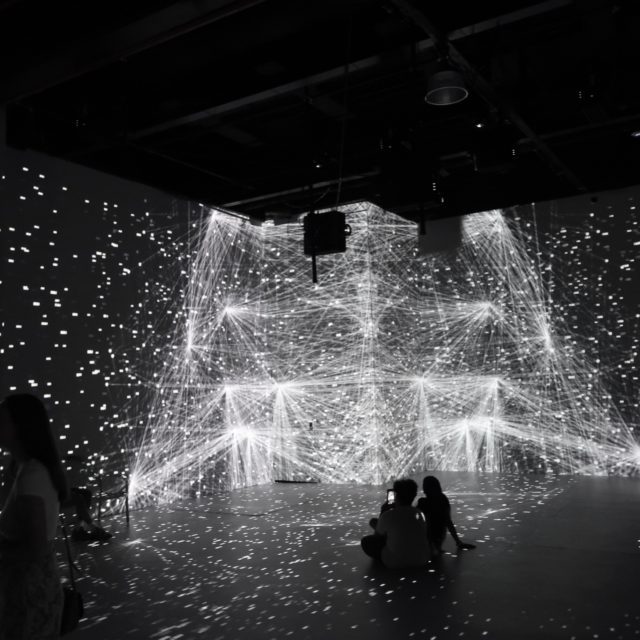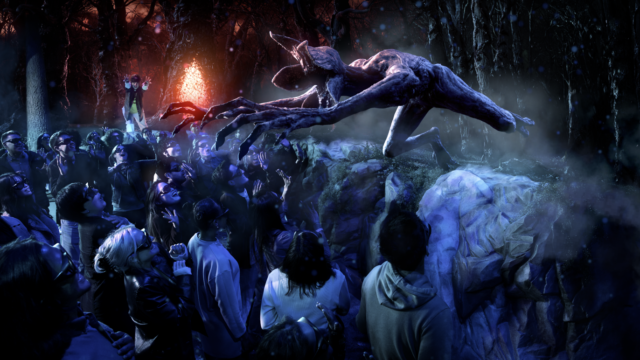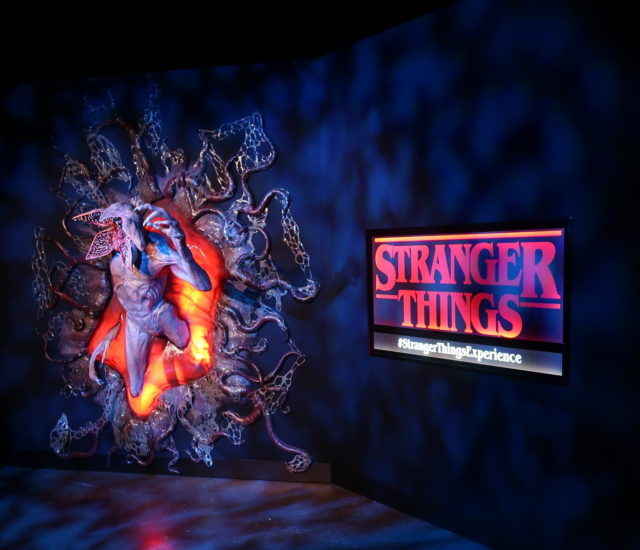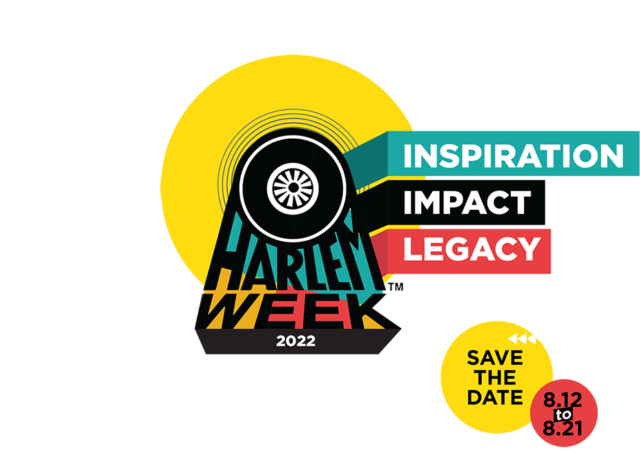
Three minutes of footage tell a remarkable story in documentary
THREE MINUTES: A LENGTHENING (Bianca Stigter, 2021)
Quad Cinema
34 West 13th St. between Fifth & Sixth Aves.
August 18-25
212-255-2243
quadcinema.com
www.threeminutesfilm.com
“For the Jewish inhabitants of Nasielsk in Poland, nothing remains,” narrator Helena Bonham Carter says in Bianca Stigter’s astounding documentary, Three Minutes — A Lengthening. “The only thing left is an absence.”
In 1938, David and Liza Kurtz, Polish immigrants who had come to New York in the 1890s and found success, took a trip to Europe, where they visited Holland, Belgium, Switzerland, France, and England, on the cusp of the Holocaust. In an unusual move for Americans making a Grand Tour, they visited David’s hometown of Nasielsk in Eastern Europe that August. There, David used his brand-new movie camera to shoot footage in 16mm Kodachrome and black-and-white of the men, women, and children of the village, smiling, goofing around, and preening, of course unaware of what was to come in a very short time.
In 2009, David and Liza’s grandson Glenn Kurtz donated the three minutes of footage to the United States Holocaust Memorial Museum in Washington, DC, for preservation and research. The museum posted it online, hoping that perhaps some of the people in the film could be identified. Glenn further researched the excerpt for four years, detailing his journey in the 2014 book Three Minutes in Poland: Discovering a Lost World in a 1938 Family Film.
“Nasielsk was not an important town, unless you lived there. It was just a town,” Kurtz explains in the documentary. “But of all the Polish towns destroyed in the Holocaust, Nasielsk is among the very few that exists in moving pictures, among just a handful preserved in color.”
In 2015, Dutch historian and cultural critic Stigter made a short work-in-progress film based on the footage (Three Minutes Thirteen Minutes Thirty Minutes), and now she has expanded it into her feature-length debut, Three Minutes — A Lengthening, opening August 18 at the Quad. It’s a haunting investigation of time and memory that focuses exclusively on the 180+ seconds of David Kurtz’s Nasielsk footage; there are no other images in the seventy-minute film. Stigter and editor Katharina Wartena perform a kind of forensic analysis of each moment, zooming in on specific individuals or locations, trying to figure out the name of a grocery store, even determining what kind of trees lined the cobblestone square, understanding that anything could provide critical information.
The style of the film is reminiscent of what filmmaker Peter Greenaway did with Leonardo da Vinci’s The Last Supper, Rembrandt’s The Night Watch, and Veronese’s Wedding at Cana, fantastically close examinations of every face and detail on the canvases, but the subjects of Three Minutes are all too real.
“These three minutes of life were taken out of the flow of time,” Bonham Carter says. That becomes particularly apparent when thirteen-year-old Maurice Chandler, born Mozek Tuchendler, is recognized by a family member, and Stigter visits him in Detroit; we hear him as he watches the footage, remembering some of the other residents and telling a charming story of some trouble he and a friend got into one day.
The only misstep, and a minor one at that, is a section in which Stigter slowly fills the screen with thumbnails of every face in the footage; while the point is to give each individual their own moment of identity, proof of their existence, it takes away from the overall flow of the film and its compelling detective-procedural-style pacing. However, stick around to the end of the credits for a little bonus.
Although Stigter, who previously served as an associate producer on Widows and Twelve Years a Slave, both directed by her husband, Steve McQueen, who is a co-producer on Three Minutes, speaks with Kurtz, Chandler, survivor Andrzej Lubieniecki, historian Zdzisław Suwiński, translator Katarzyna Kacprzak, and two of Chandler’s relatives, they are never shown; this film is about the three thousand people who lived in Nasielsk in 1938, fewer than a hundred of whom survived the Nazi invasion. It’s also about all such Eastern European Jewish towns that were decimated in the Holocaust.
“By defining the loss of that world, we might succeed in keeping the memory alive,” Kurtz says. In addition, it’s about the power of the medium of film, how it can capture the past and preserve culture and history that might have otherwise disappeared forever. Stigter has noted that there were other surprising elements that she could have pursued, some of which are included in Kurtz’s book, but she wanted to concentrate solely on what could be discovered and interpreted from the celluloid itself.
Last year, Ruth Katcher, a colleague of mine, found 8mm footage of her family holding a Passover seder in Philadelphia in April 1932, led by her great-grandfather, who, with his wife and children in 1906, had fled Donetsk in what is now Eastern Ukraine. It is a remarkable three-and-a-half-minute scene, which she discusses in an article in the Forward. “The film has special resonance, showing nearly the last seder with the family intact,” Katcher writes.
After experiencing Three Minutes, don’t be surprised if you find yourself going through closets and basements, looking for recorded remnants of your family’s past.
Stigter and Kurtz will participate in a series of Q&As following screenings on August 18, 19, 20 (all at 7:00) and 21 (2:00), moderated by Dr. Ori Z. Soltes, Aviva Slesin, or Annette Insdorf. The film will also be presented September 8 and 12 at the Marlene Meyerson JCC Manhattan.

